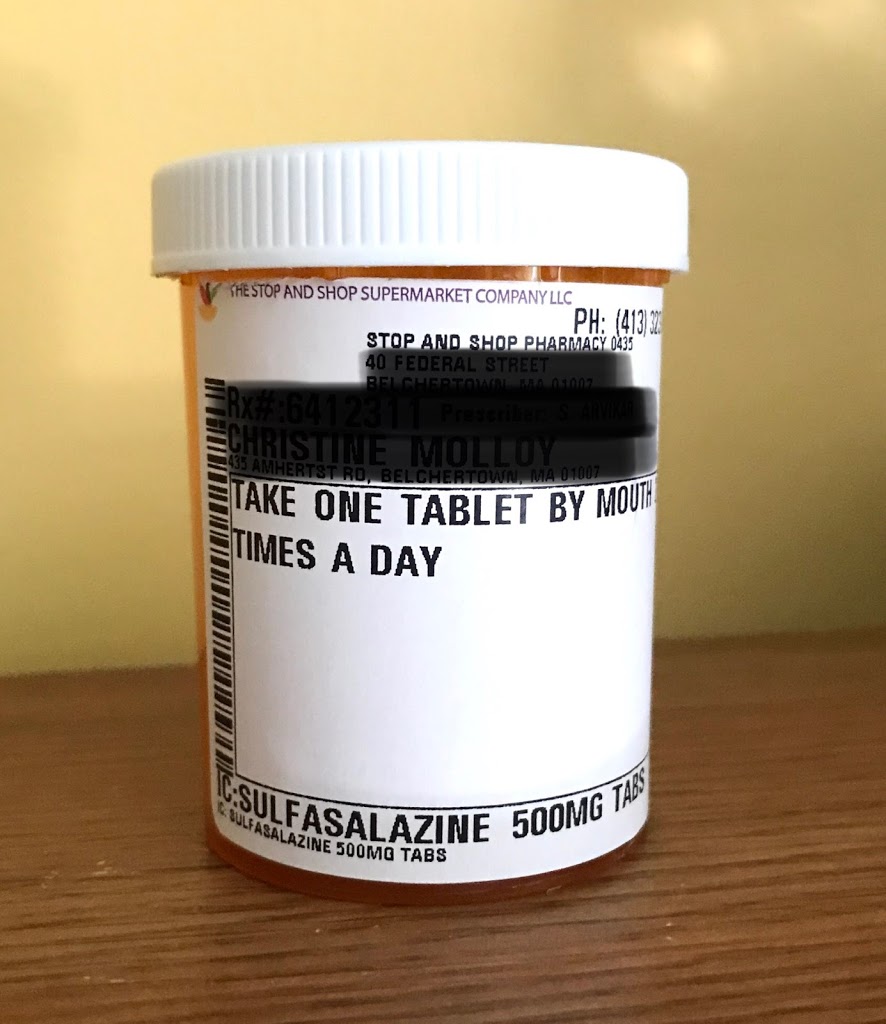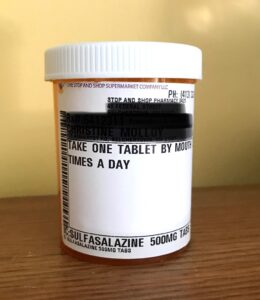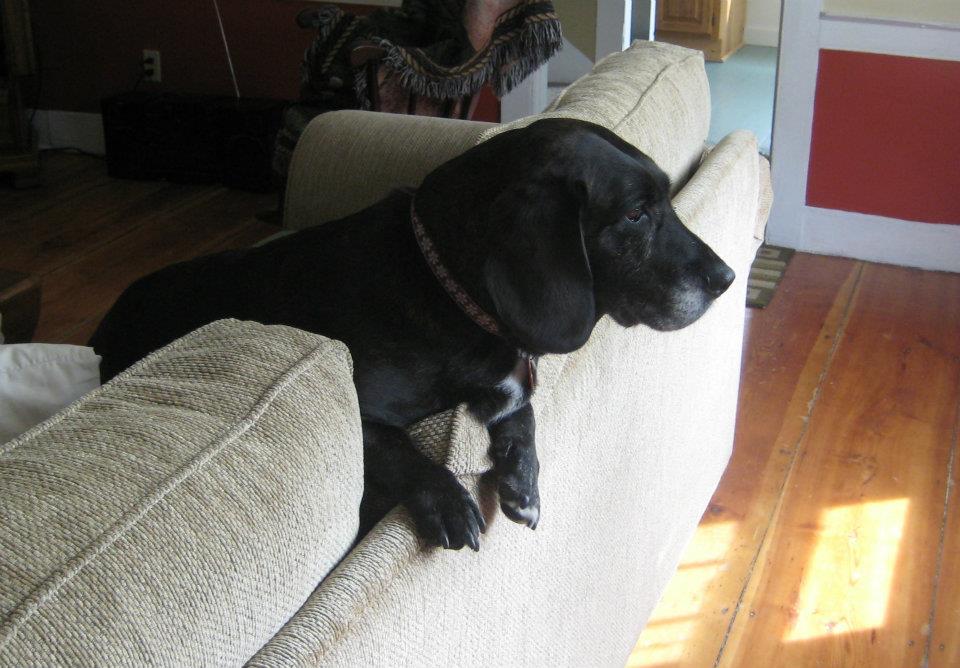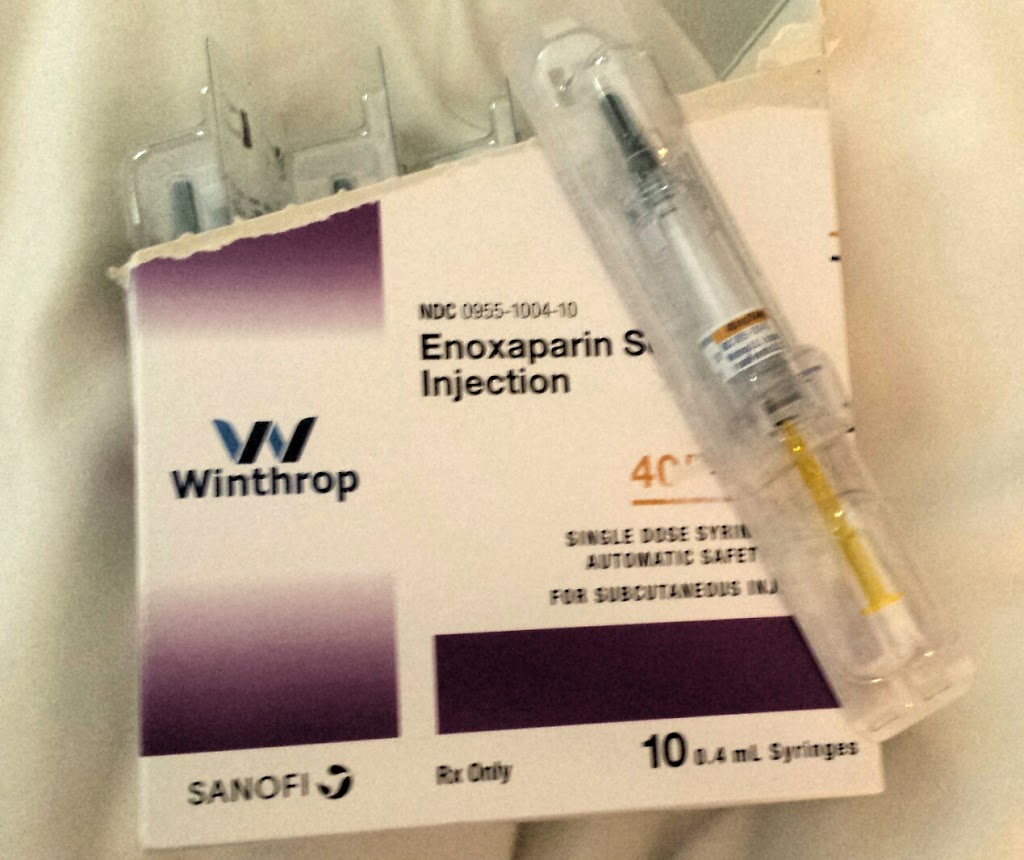I randomly picked up my husband’s most recent copy of Time magazine this morning to flip through while I was eating lunch. There was an excellent essay written by Josh Friedman, an American screenwriter, entitled, “It’s OK To Be A Coward About Cancer.” It grabbed my attention for several reasons: I am a 21 year cancer survivor, I currently spend every day battling an autoimmune illness, and I’ve been thinking a lot lately about what it means to be “brave” when struggling with an illness.
The essay starts off with Mr. Friedman discussing Sen. John McCain’s recent brain cancer diagnosis and the subsequent tweets from well meaning colleagues about how Sen. McCain should give his cancer “hell” as well as other encouragements to “fight.” Mr. Friedman explains about how this “tough guy” narrative is “seductive” as it suggests we have control over our fates and that we can will cancer away. He continues on to explain that, “courageousness is a standard that no sick person should feel like they have to meet.” Mr. Friedman then goes on to briefly explain about his own personal run in with cancer and how he dealt with it…
“Before the surgery I spent most of my time crying. Well, crying, rocking my son to sleep, crying more and then taking Ativan so my wife could rock me to sleep. When I woke up after the operation, the tumor was gone. But the feeling of cancer was still inside me. My body was now a sinister stranger. It had betrayed me; it had snuck up and tried to kill me. I would never trust it again.
I banned my friends from visiting and spent my recovery staring out a hospital window wondering if I’d ever see my boy grow up. In my more optimistic moments, I decided I should quit writing the scary-robot show before I’d actually started. It all seemed ridiculous and disconnected from my life. Besides, no one would be mad at me if I just stopped.
Not exactly a profile in courage.Not even in the most favorable of lighting.”
– Friedman, Josh. “It’s OK To Be A Coward About Cancer.” Time Magazine August 2, 2017: Pages 21-22. Print.
FINALLY.
Finally someone being real about the experience of illness.
I am going to preface the rest of what I have to say about this topic by clarifying something for those of you who may not know me in person. In general, I am a very positive and optimistic person. Sure, I have my moments, sometimes even hours or days of feeling sorry for myself but overall, I keep things pretty upbeat. And that is not by accident either. I work hard at it because I feel strongly that maintaining a positive attitude has a profound positive impact on my physical symptoms.
However what I have been learning about myself lately and I suspect that this is true for many other people, is that I spend a lot of time and effort being “strong” or “brave.” I did so 21 years ago when I went through cancer treatments and I do so now battling Sjögren’s syndrome. It is what is expected of those of us, living in this society, with a life threatening or chronic illness. Being strong and courageous is what you’re supposed to do and being weak is just not acceptable.
You’ll get through this; you’re tough.
You have to stay positive.
You can’t let this thing beat you.
Stay strong.
You’re so brave, I could never do what you’re doing.
(By the way, bravery has nothing to do it. Those of us with illness have no choice in the matter).
Those of us waging the daily battle against a chronic and/or life threatening illness hear these messages every day. We hear them in the media, from our healthcare providers, and especially from family, friends, coworkers, and everybody else in our social network. What are we supposed to say in response to these well intended words of support? We know that all these people (well, except for the media maybe) have our best interests at heart. They love us. They want to do everything they can to support us. They mean well.
In all honesty, people who are going through the battle every day DO need to hear some of these types of messages. But we also need to hear that we can be honest with our feelings about being sick and that we are accepted as we are, even if we are not feeling strong or brave. We need people to lean on and to hear our fears and anxieties. We need to meltdown. We also need to hear things like:
This must be scary for you.
It’s OK to cry.
This totally sucks, doesn’t it?
You don’t need to keep on a brave face for me.
Most importantly, we need people to bear witness to our experience, all of it.
As Mr. Friedman writes in his essay, “Because when we glorify strength without showing empathy for weakness, we end up with a toxic version of heroism, one that links bravery to goodness and cowardice to getting what you deserve.”
– Friedman, Josh. “It’s OK To Be A Coward About Cancer.” Time Magazine August 2, 2017: Pages 21-22. Print.
Mic drop.
That’s the thing. Dealing with an illness is not black and white. It is this journey where we may have days of thinking we can overcome all the obstacles being hurled at us and other days where the whole situation looks hopeless. Most importantly, there are even more days where we fall in between those two extremes.
Despite all my medical issues over the years, I also used to struggle with how to speak to someone who had a significant medical issue. As a nurse, I could easily speak with with my patients and their families going through catastrophic illnesses but with those in my personal life going through the same thing? Not so much. It was scary. I didn’t want to say the wrong thing. What if I upset them? What if I said something stupid? What if I made it worse?
Then last year, all of that changed. I had a close friend whom I had been friends with for 30 years. And, I’m only 46, so that is a long time. He had been diagnosed with Stage 4 colon cancer two years previously and things were not looking good. I had been spending time at his home. During one of our conversations I blurted out to him (because we’d been friends for a long time and I could blurt out anything),
“Shit, this must be really scary for you.”
If you want to know what it is like to enter a sacred space with someone, a truly sacred space where you put aside your own insecurities and fears in order to be fully present for someone, acknowledge the fact, out loud, that they will be dying soon.
Don’t run from it.
Please don’t.
Because of all the things I have done in my life, that moment, and all the moments that immediately followed where my friend was able to open up and express all his fears and sadness about leaving his family, his children’s future, and his fears about the process of dying, not only helped him, but forever changed me and the way I go about supporting other people with illness.
I never told him to be strong that day.
I never told him how courageous he was.
I just gave him permission to be human: to cry, to be pissed off, to be scared.
Since that experience, I have had several other instances where in trying to support someone with an illness, I have tried to not use the courage/strength narrative that so many of us with illness hear all the time. And I have to say in doing so, I have not yet had a negative experience or an experience that made me wish I had said or done something different. I am certainly not proficient at it yet. Just recently, I feel like I very much dropped the ball by focusing so much on the “being strong” narrative that I was not fully present to hear what someone was trying to convey to me. It’s not an exact science really, but rather a work in progress.
You, too, can give others permission to be human during times of illness.
Sometimes it’s awkward.
Sometimes it’s scary.
You just have to be brave.








